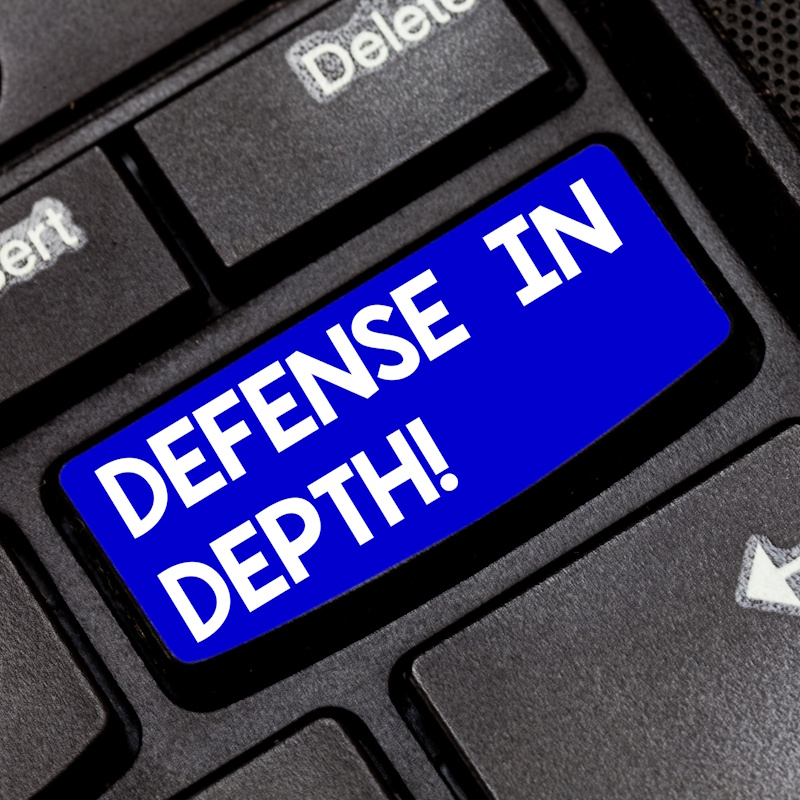Recent Posts
Categories
Stay Informed

As an IT professional, you play a crucial role in protecting your organization’s digital assets. Cybersecurity is constantly changing, and staying ahead of the latest threats requires vigilance and proactive measures. Here are the top 10 cybersecurity best practices to help improve your security posture:
- Implement Multi-Factor Authentication (MFA): MFA adds an extra layer of security by requiring users to provide two or more verification factors to gain access to a system. This can include something they know (password), something they have (security token), or something they are (fingerprint). Most environments support this, and it is something that just needs to be turned on and set up. While it may seem like a hassle to some, it is necessary to protect the organization.
- Regularly Update and Patch Software: Cybercriminals exploit vulnerabilities in outdated software. With over 240,000 known vulnerabilities and growing1, exploiting them is an easy target. Regularly updating and patching software ensures that these vulnerabilities are fixed, reducing the risk of a cyberattack. This may take some time but is an easy way to protect your environment.
- Use Strong, Unique Passwords: Encourage or enforce employees to use strong, unique passwords for each of their accounts. Passwords should be at least 12 characters long and include a mix of letters, numbers, and special characters. A 10-character password can be hacked in 2 weeks2. And as computing power continues to grow, these processes will become quicker. The strength comes in length, not complexity, so focus on longer passwords that are easy to remember. The best solution is using a password manager for the organization. Since most people have so many passwords, it helps to keeps passwords strong and unique, while the user only must remember 1 strong password.
- Educate Employees About Phishing Attacks: Phishing attacks are one of the most common tactics used by cybercriminals to gain access to sensitive information. Educate employees about how to recognize phishing emails and what to do if they receive one. There are many affordable programs, or you if you are on Microsoft 365, you can use their built-in tool. It offers phishing simulations and training. People can be your strongest asset in cybersecurity if they know what to do.
- Encrypt Sensitive Data: Encryption converts data into a code that can only be accessed by authorized users. This ensures that even if data is intercepted, it cannot be read by unauthorized individuals. It is important to encrypt sensitive data at rest and in transit. The fist step is identifying the data then, you can determine how you handle it.
- Conduct Regular Security Audits: Regular security audits help identify vulnerabilities and areas for improvement. This can include reviewing access controls, monitoring network traffic, and testing incident response plans. There are always new threats coming to light and people can make mistakes. By regularly auditing your environment it will help you keep your environment secure.
- Implement a Robust Firewall: Firewalls monitor, and control incoming and outgoing network traffic based on predetermined security rules. They act as a barrier between your internal network and external threats. By utilizing a next-generation firewall and add on services, you can better control and monitor that traffic. You should block all outside traffic from coming in, unless connecting through a VPN.
- Backup Data Regularly: Regularly backing up data ensures that you can quickly recover in the event of a cyberattack or data loss. Test the restoration process to ensure that backups are working correctly. A backup may be your only saving grace in the case of ransomware or insider attack of deletion.\
- Limit Access to Sensitive Information: Implement the principle of least privilege, which means giving employees the minimum level of access necessary to perform their job functions. This reduces the risk of insider threats and minimizes exposure of compromised accounts. Even the IT team should have limited access.
- Develop and Enforce a Comprehensive Cybersecurity Policy: A comprehensive cybersecurity policy outlines the organization’s security practices and procedures. Ensure that all employees are aware of and adhere to this policy. It should also include your incident response plan. You should plan for the worst so you can recover quickly and limit the exposure.

By following these best practices, you can significantly reduce the risk of cyberattacks and protect your organization’s valuable data. Remember, cybersecurity is a shared responsibility, and everyone in the organization has a role to play.
For help with your implementation, contact one of our cybersecurity experts!



